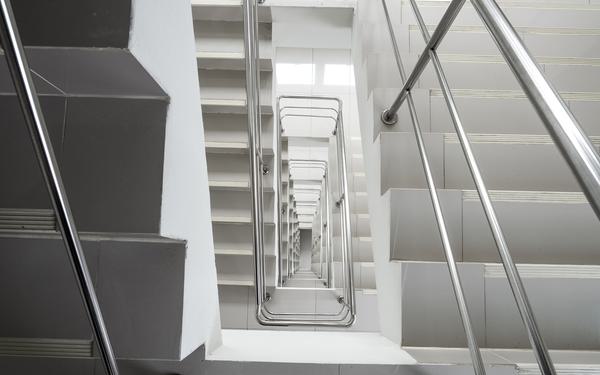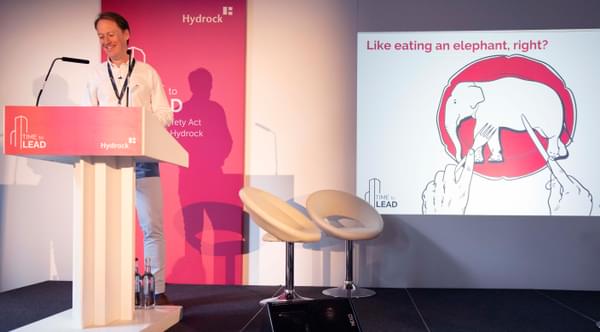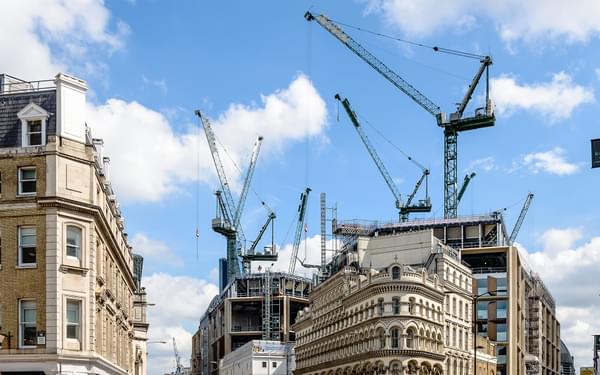
On June 14th 2017, a fire broke out in the 24-storey Grenfell Tower block of flats in west London, causing 72 deaths and more than 70 injuries. It is considered the deadliest fire in the UK since the Piper Alpha disaster in the North Sea and the worst UK residential fire since the second world war.
The Piper Alpha disaster in the North Sea created a ripple effect that had far-reaching consequences all over the world. It led to a revolution in the management of risk in the high hazard industry, including the passive fire protection of the asset. Following this legacy, will the Grenfell tragedy have the same lasting impact on fire safety engineering in the construction industry?
Dame Judith Hackitt’s independent review into the Grenfell tragedy highlighted the necessary steps to further enhance the fire safety of buildings. It also highlighted why it’s important that the building and construction industry uses a fire safety risk- and outcome-based approach.
One fire precaution worth exploring is the design of structural passive fire protection for high-rise buildings post-Grenfell. Structural passive fire protection is the last line of defence against fire. In the event of a fire, it maintains a building’s structural integrity in order to protect the life safety of both occupants and firefighting personnel. By preventing a building from collapsing, it reduces the social impact of a fire, while also protecting the property and minimising the financial loss a fire can cause.
Buildings do collapse if they have not been properly designed. There are many examples of this, including the World Trade Centre (2001), the Plasco Building (2017) and the Wilton Paes de Almeida Building (2018). The Piper Alpha platform collapsed into the North Sea after it was engulfed by fire. This incident led to a full risk- and performance-based approach for the passive fire protection design of offshore oil gas assets.
In a way, the root cause of failure in the case of Grenfell Tower came down to a lack of understanding of the materials and systems used in the building, and the level of associated fire risk. The way forward, then, to design a high-fire-risk building is to adopt an explicit performance and risk-based approach. Specifically, the structural fire protection design should be based on the understanding of the structural performance in fire and the reliability of structural fire protection schemes.
Performance-based structural fire engineering deals with specific aspects of passive fire protection, including analysing the thermal effects of fire on buildings, designing structures for adequate load-bearing fire resistance, and controlling the spread of fire within a compartment. It is a way of explicitly demonstrating the level of safety design a building can achieve, not only taking into consideration the use of fire protection material but also the inherent capacity of the building or structure itself.
It also complements the prescriptive structural fire resistance design method, which is based on the load-bearing capacity of individual elements when tested in standard furnace fires. An example of this would be the tabulated method in regulatory guidance and standards, which was developed for more ordinary buildings.
However, there are obvious drawbacks to only using this approach. For example, subjecting an isolated structural member to a standard fire test doesn’t represent the behaviour of the entire structure, or its surrounding structures, during a fire. Also, the ISO 834 standard temperature-time curve cannot represent the way real fires develop in modern buildings, which depends on the compartment size, ventilation, fire load and other factors. Finally, newer construction materials, such as Cross-Laminated Timber (CLT), may perform in a way that invalidates the prescriptive design method.
Performance-based structural fire engineering design is based on the understanding of realistic fire development, performance of the system and associated failure consequences. It can also be combined with a probabilistic-based fire severity assessment (the newly published PD 7974 Part 7 provides a framework for this).
Probabilistic performance-based structural fire engineering permits buildings to be designed in relation to a level of life safety or economic loss. It enables a measure of reliability and risk that the protection system is designed for. It also promises great opportunities for engineers and designers to innovate and to apply analytical tools and methods to design safe, efficient and aesthetically pleasing buildings.
With qualified structural fire engineers that have extensive experience in both the built environment and the high hazard industry, Hydrock’s fire safety division can utilise these methods to evaluate the fire risk of a building. They can then design a robust structural fire protection strategy to ensure that required reliability can be achieved with a cost-optimised approach.
If you’re designing a new building, in doubt about the adequacy of your existing fire protection, or in construction stages and have questions, please get in touch with our UK-wide fire safety team today.























